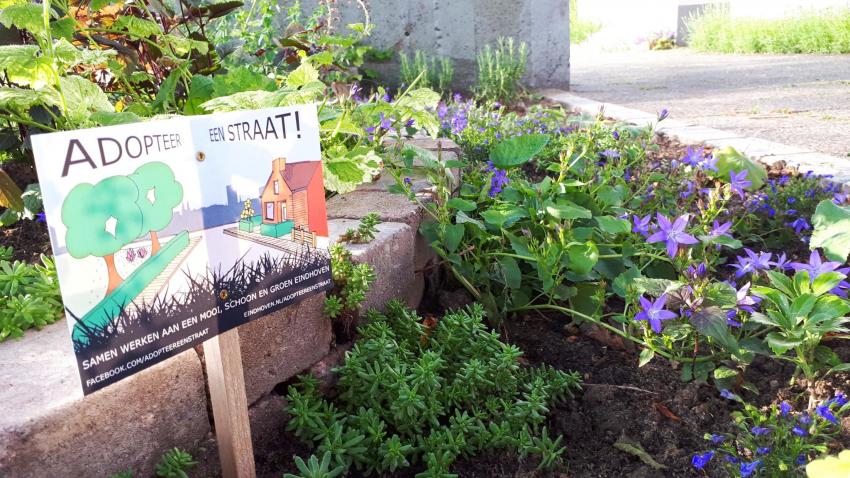
The climate is changing and we are all going to notice the consequences, all over the world. There are plenty of plans to prepare for this or even to reverse the process. But as an alderman for a medium-sized city in the Netherlands, what can you contribute to that? What is the impact of climate measures at a local level? Rik Thijs, alderman for climate & energy in Eindhoven, shares his dilemmas, choices, and his ambitions with us once every month.
My columns are about the steps we are taking as a municipality to reverse climate change, and also my personal choices in this regard. These include questions such as ‘Should I buy a new central heating boiler now?’, ‘What fuel will my new car run on?’ to ‘How can we get all the houses off natural gas?’ and ‘Is setting a good example enough to convince people to insulate their homes?’ As alderman, I eagerly await a new national coalition agreement for the last two questions. A coalition agreement that really frees up resources so that municipalities can act upon the climate agreement. This will be done within the framework of ‘climate mitigation‘, measures intended to limit the extent or speed of global warming. As an alderman for public space, greenery, and water, in addition to climate issues, I am also responsible for climate adaptation. That is preparing the city for changing weather conditions due to climate change, such as extreme rainfall or hot and dry summers.
Mitigation and adaptation
Climate mitigation consists of measures intended to limit the extent or speed of global warming. Generally, climate mitigation refers to reducing human-caused emissions of greenhouse gases. More here
Adaptation to climate change is the process by which societies reduce vulnerability to climate change or by which they take advantage of the opportunities presented by a changing climate. Adaptation can be autonomous or planned. More here
Meanwhile, I find that as an alderman, the story of climate adaptation is easier to “sell”. Last week, together with my colleague Yasin Torunoglu (alderman for housing, neighborhoods, and work), I presented the new developments of the Emmasingelkwadrant, a green city district right in the center. This will include a beautiful park where we will resurface the old river Gender. Of course to create a pleasant living environment, where people can cool off or children can play on the edge or even in the water during a hot summer. But the underlying idea of bringing the Gender up to the surface is to catch large rain showers and to buffer the water in the center instead of leading it directly into the North Sea through our drainage system.

Another example is the annual planting campaign of Adopt a Street. This is a volunteer initiative supported by the municipality to entice people to adopt a flowerbed or space around a tree. You can then order free plants, which you then use to brighten up the neighborhood. Together with the woman across the street, I ordered a few square meters of plants, so that the tree level in front of our door will change from a sandbox into a beautiful flower bed. And these little green gems also contribute to water retention and improve biodiversity in the neighborhoods. This initiative is very much alive because there are already many applications compared to other years. A great result.
I wonder why it is that we have a story that appeals to many people when it comes to climate adaptation and that it is a lot harder to convince people when it comes to mitigation. Is taking sustainability measures for your home too complicated, do you not immediately see the positive consequences or do we not know how to inform people well enough? In the coming six months we are going to design our new energy desk and work on a municipality-wide insulation program. My goal is to learn from our approach to climate adaptation so that it will also be easy and fun to help reverse climate change. If, after reading this column, people have ideas about what we can contribute to that at the local level, let me know!

